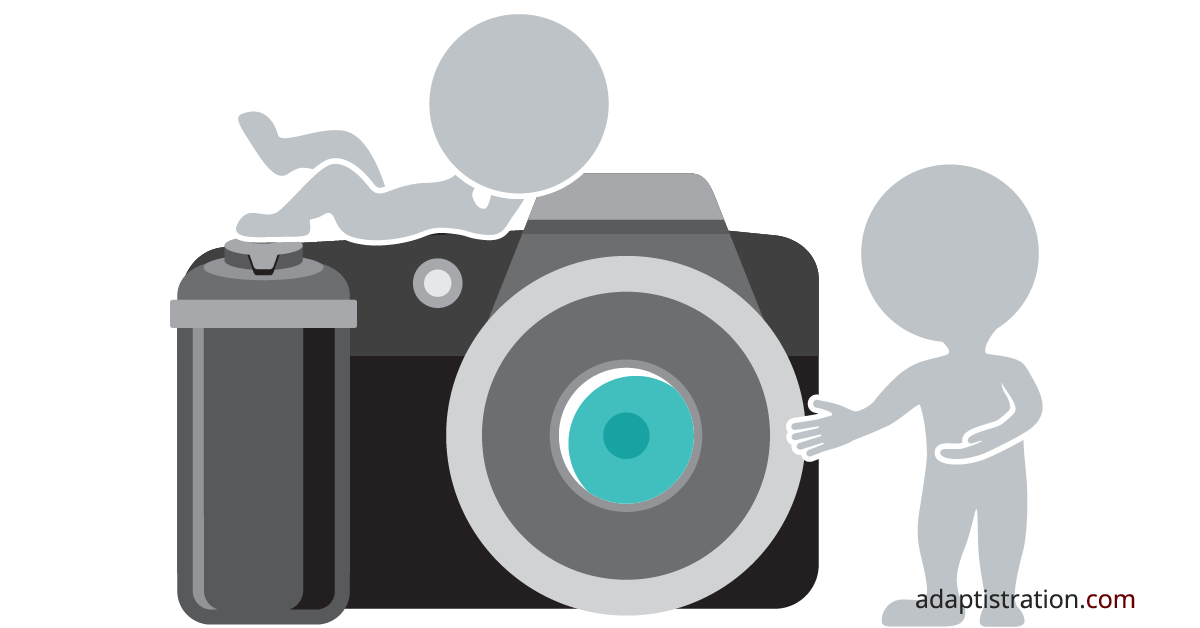The folks at Capacity Interactive (CI) recently published the latest installment of their Performing Arts Ticket Buyer Media Usage Study. The previous installment was released right before COVID-19 so as I’m sure you can imagine, a lot has changed.
I’m still reviewing the content but a few items that jumped out at me from the Key Findings include:
- 96% of ticket buyers plan to come back to your venues after the pandemic.
- 90% of respondents find out about events through email. Direct Mail and Word of Mouth were tied for second, but there was a big drop down to 55/54 percent, respectively when compared to email.
- The effectiveness of print newspaper and radio ads continue to decline.
- From 2019 to 2021, the channel with the largest increase was web and video content from the arts organization. In 2021, 42 percent of respondents indicated they were most likely to discover events. That number was only 35% in 2019.
- Older age groups respond well to direct mail whereas younger age groups gravitate toward social media.
- Forget about TV ads. Seriously, don’t do it.
- Not forcing ticket buyers to wade through page after page in the online checkout process is one of the best improvements you can invest in to maximize sales.
You can get a copy of the report by giving CI your email and if you’ve been hankering for wavy headline text to come back in style, you’re going to be very happy.
But back to the content, I was especially glad to see them shine some light on the dismal state of most arts org online ticketing buying. The point about giving ticket buyers as short of a process as possible can’t be underscored enough. I’ve seen checkout process that are seven pages long…and that’s for users that already have an account!
The field can’t say goodbye to those old-school processes soon enough.
When we created UpStage, this was at the heart of the user experience process. In addition to single page donation pages, even the average reserved seating purchase path is only three pages from the point where you select your event to complete checkout: select seat, include add-ons and/or confirm, pay. General admission events are only two pages.
The report also highlights the importance of offering contemporary payment methods like Google and Apple Pay. We wrapped those up into the checkout process as well and it doesn’t require our users to do anything other than activate the option in the payment gateway (and that’s a breeze as well).


